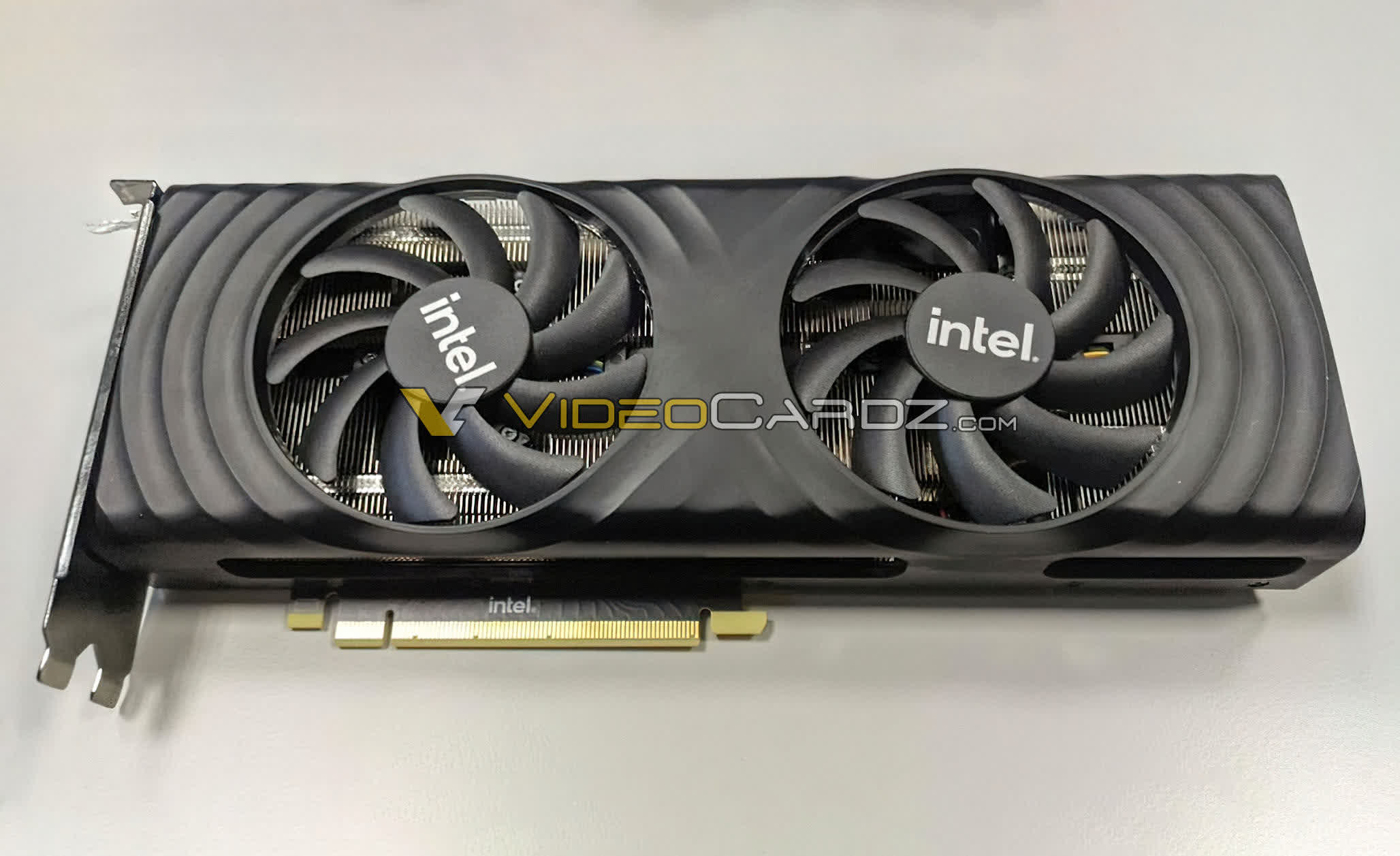Forward-looking: After many delays, Intel is finally within months of delivering its first generation of discrete gaming GPUs, branded Arc Alchemist. Engineering samples are appearing regularly in public benchmark databases, giving us insight into their performance and specifications.
Already, we know quite a bit about the series. At the top end, the Arc Alchemist flagship has 512 EUs and 16 GB of GDDR6, and then there are at least two smaller models with 256 and 128 EUs and correspondingly smaller amounts of memory.
Before today, Intel GPUs had been seen at speeds of up to 2.1 GHz. But this morning, a handy Twitter bot found a new OpenCL benchmark entry from the 512 EU model and it had a peak frequency of exactly 2.4 GHz.
[GB5 GPU] Unknown GPU
CPU: Intel Core i5-9600K (6C 6T)
Min/Max/Avg: 3963/4580/4462 MHz
Codename: Coffee Lake
CPUID: 906ED (GenuineIntel)
GPU: Intel Xe
API: Open CL
Score: 85448, -39.9% vs RTX 3070
VRAM: 12.7 GBhttps://t.co/y5KKIvEfcJ— Benchleaks (@BenchLeaks) February 19, 2022
On paper, a GPU with 512 EUs clocked at 2.4 GHz has 19.7 TFLOPs of power. Its rumored direct competitors, the RTX 3070 and 3070 Ti have just a fraction more.
Performance in the benchmark didn’t quite measure up though. At 85,448 points, it scored only slightly better than an RTX 2060 Super. But there’s any number of legitimate reasons why it might’ve underperformed, the likeliest of which is that it was clocked below 2.4 GHz for most of the run.

Image credit: Videocardz
In other leaked benchmark results, it’s done better and worse.
In an OpenCL benchmark run from November, it achieved just ~68,000 points. But in a recent SiSoftware Sandra benchmark, it traded blows with the 3070 Ti and generally came out ahead.
Intel’s GPU was clocked at 2.1 GHz during the SiSoftware benchmark, which means that at 2.4 GHz it could’ve pulled away from the 3070 Ti. Still, synthetic productivity benchmarks aren’t good indicators of gaming performance. Rest assured, when time comes, we’ll have full blown reviews of Intel’s new graphics cards.


